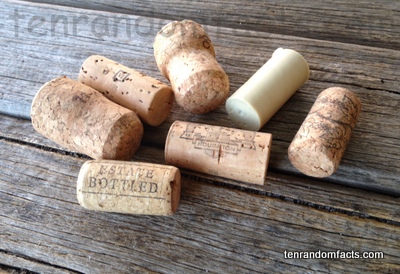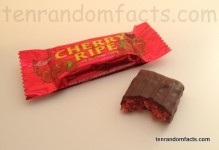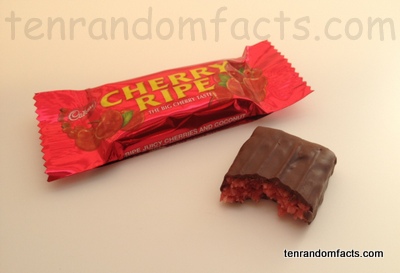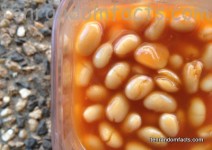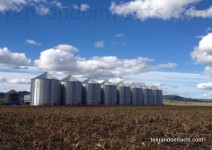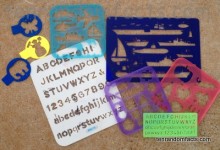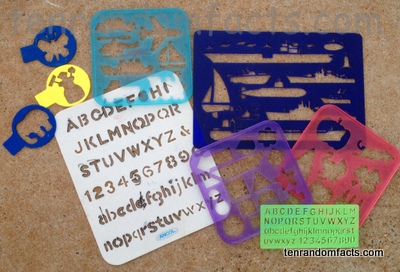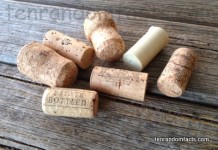
With cork stoppers, you will not spoil your wine.
- Cork stoppers are generally small cylinders that are placed in the top of containers to block and seal in the contents.
- ‘Cork stoppers’ are also known as ‘corks’, ‘stoppers’ and ‘bungs’, and are typically made of cork, but stoppers can also be made of rubber, metal, glass or silicone, depending on their use.
- Cork stoppers are most often used to seal bottles, particularly those containing wine, and are occasionally used to seal barrels or tubes.
- Cork stoppers are generally manufactured from the outer bark of the cork oak tree, that has the scientific name Quercus suber, and whole corks are usually cut from the bark, although cheaper corks are manufactured from amassed cork particles and are known as ‘agglomerated corks’.
- Cork stoppers were used in wine bottles as early as the first century BC, in Ancient Greece in Ephesus, located in today’s Europe.
- Cork stoppers are environmentally friendly, stable, water resistant, compressible, flexible and are able to seal liquid and gas in the container, and these properties are almost impossible to replicate in the cheaper man-made stoppers or screw caps that are sometimes used for similar purposes.
- The first machine to make cork stoppers was invented in the 1800s in the United Kingdom, Europe.
- Europe’s Portugal, is one of the largest producers of cork stoppers in the world, and in 2002, 13 billion corks were produced throughout the world, 8% of which were synthetic.
- A corkscrew is often required to remove and properly install cork stoppers, and their use was documented in 1681.
- Cork stoppers are recyclable, and can be made into shoes and apparel, sporting equipment, incorporated into aircraft and building designs, as well as various other forms.
- Bibliography:



